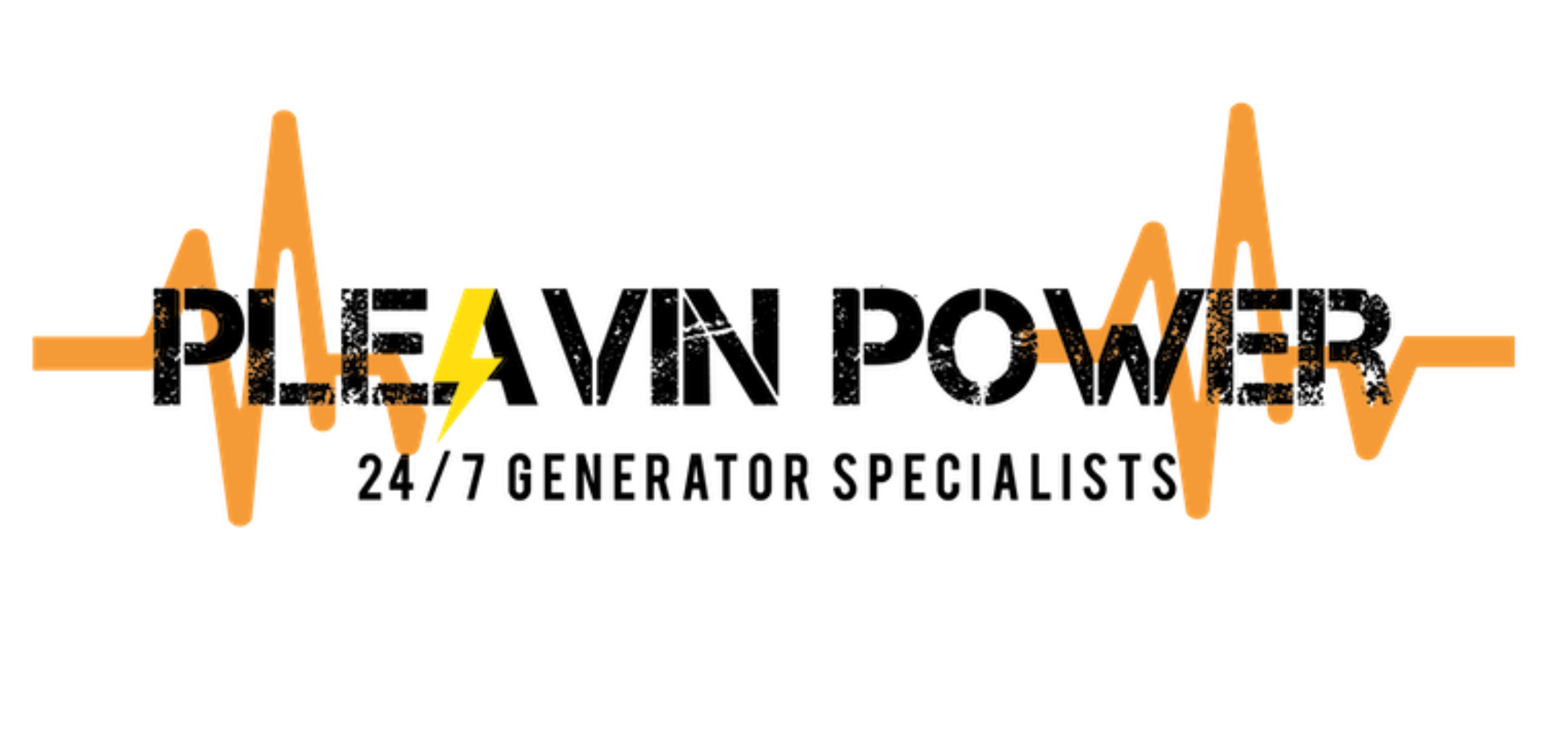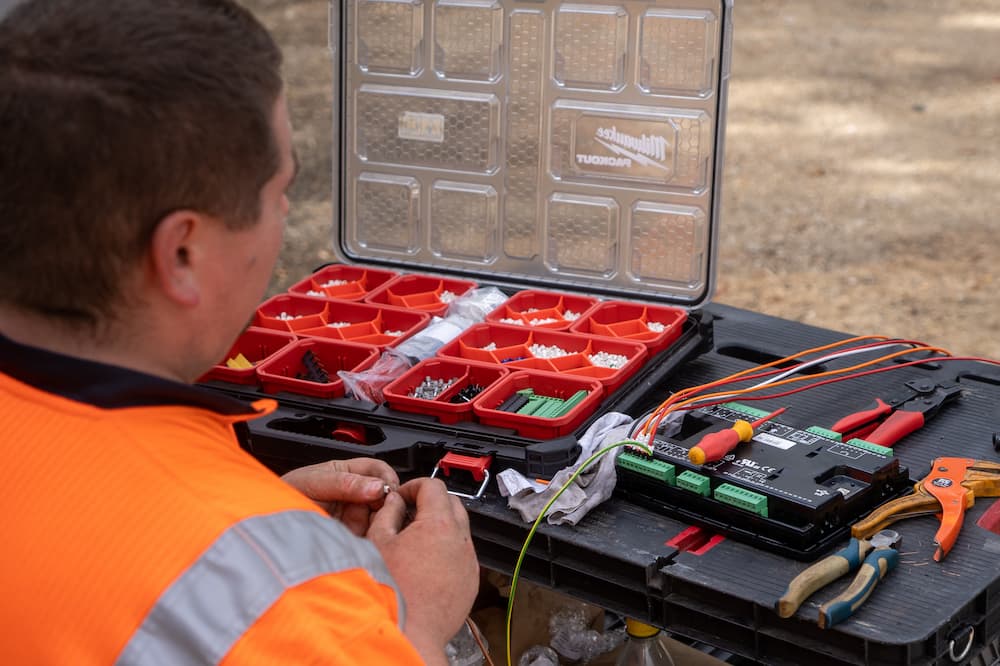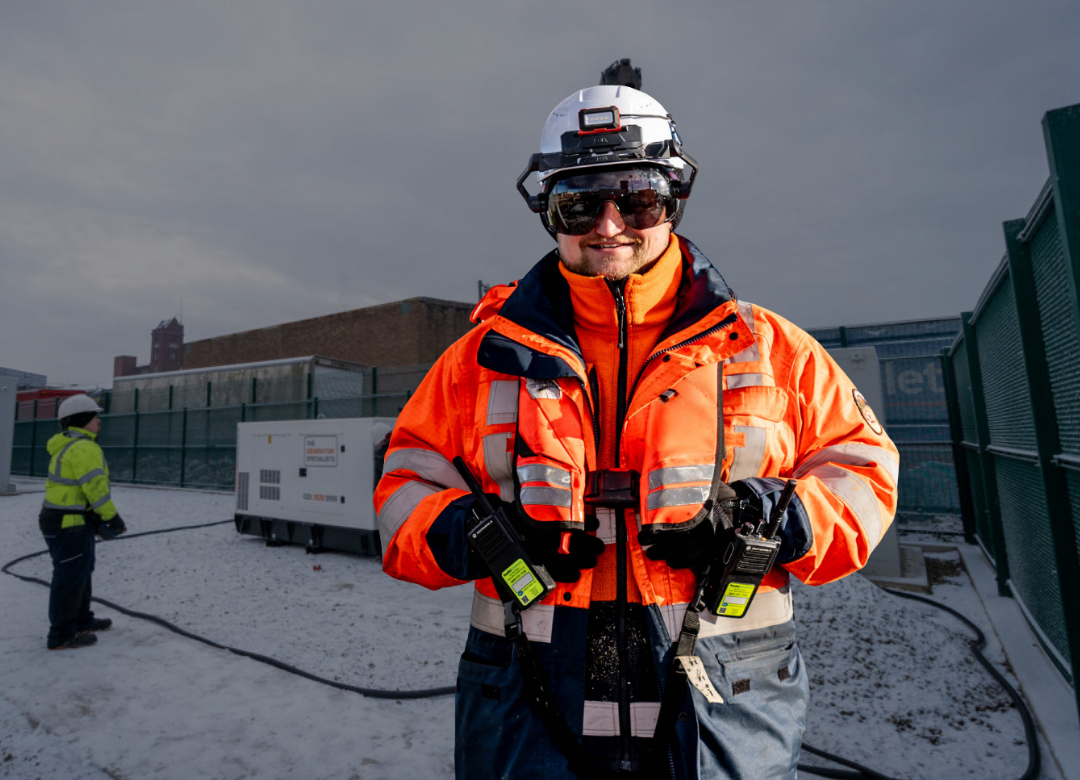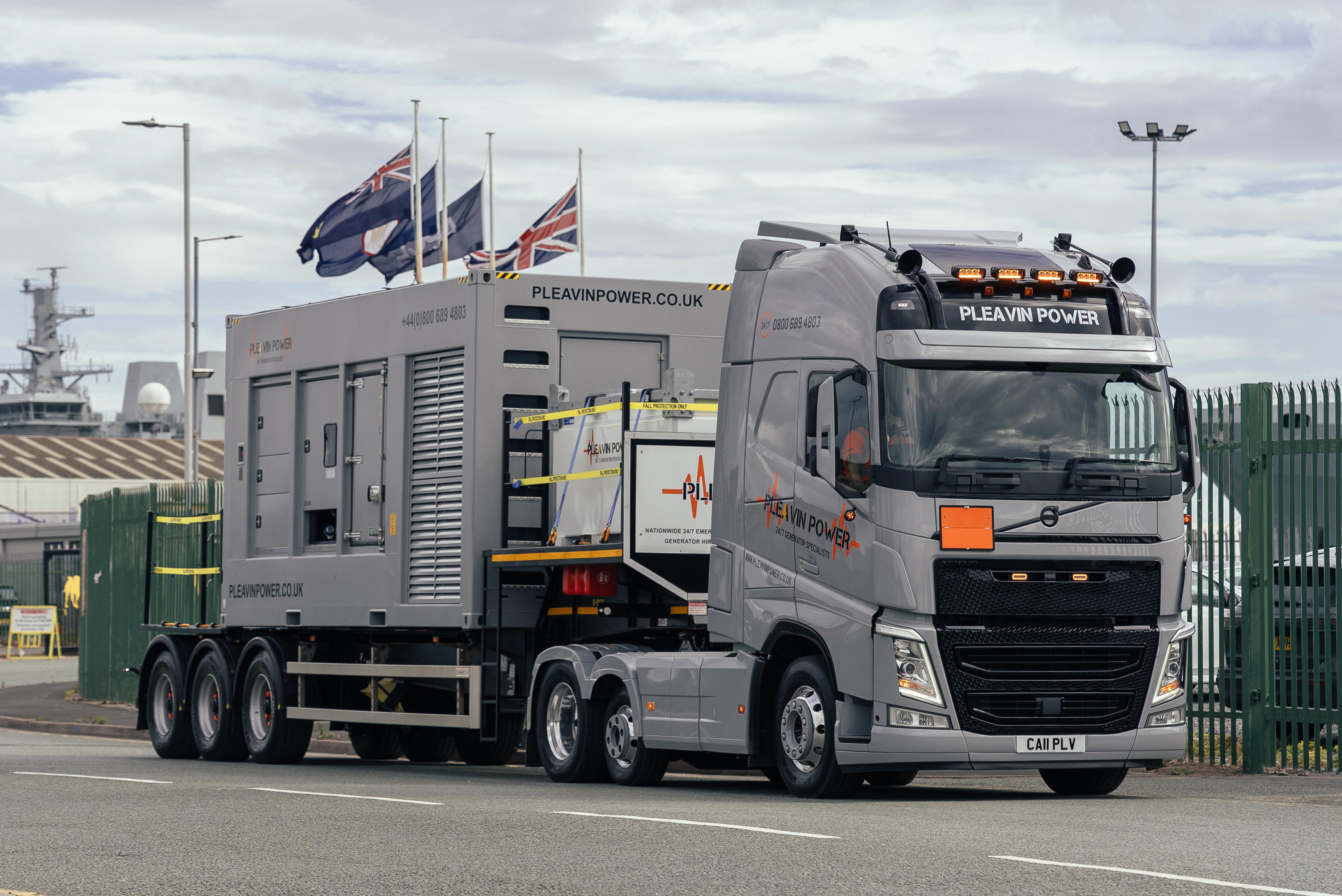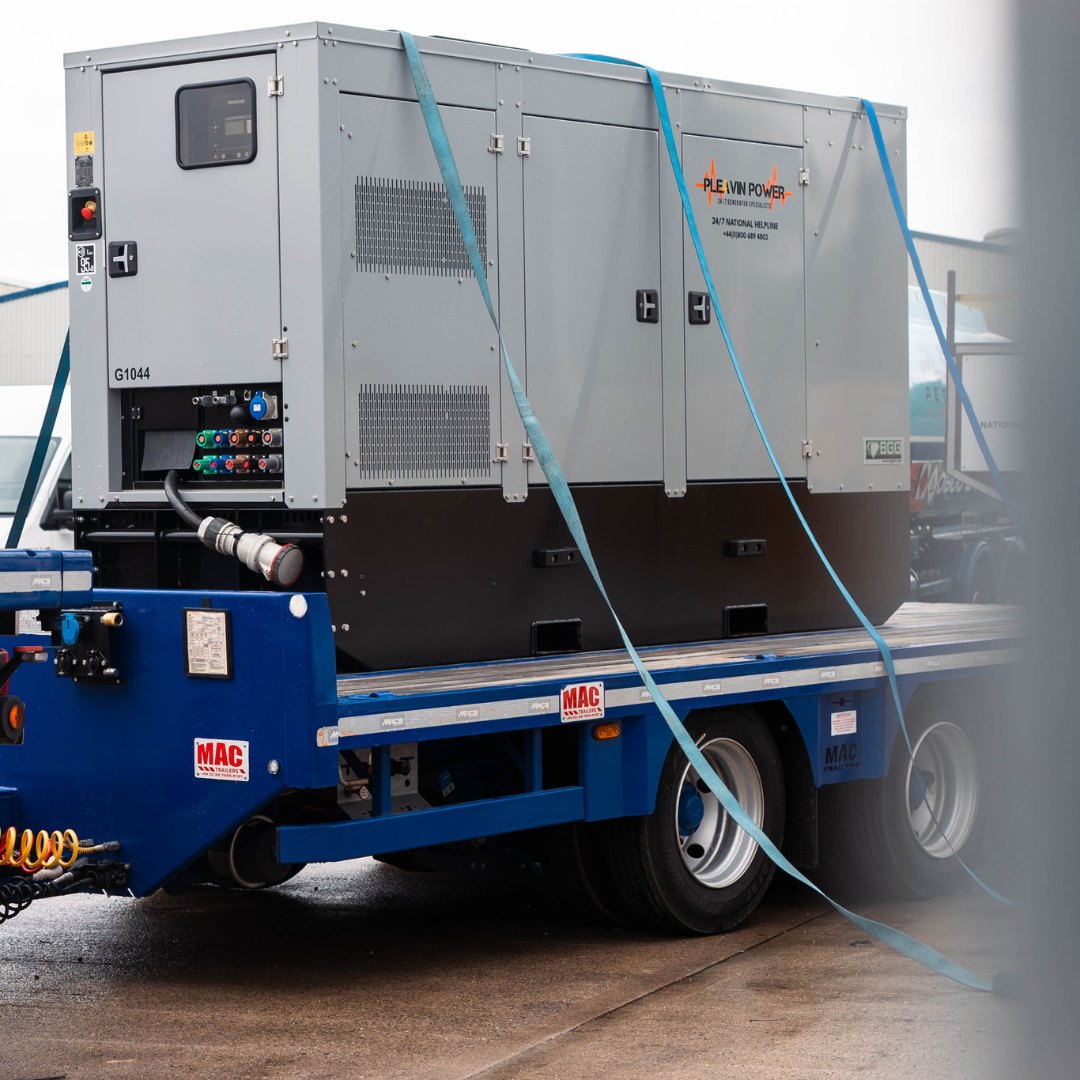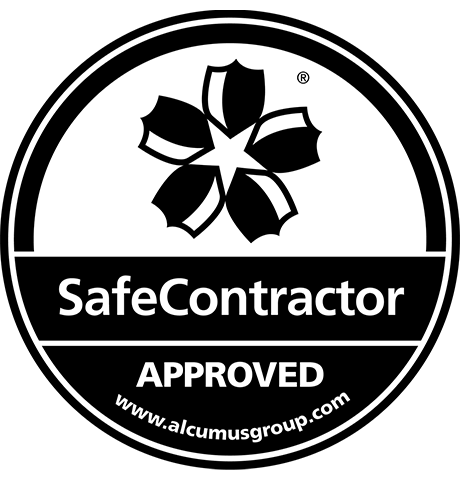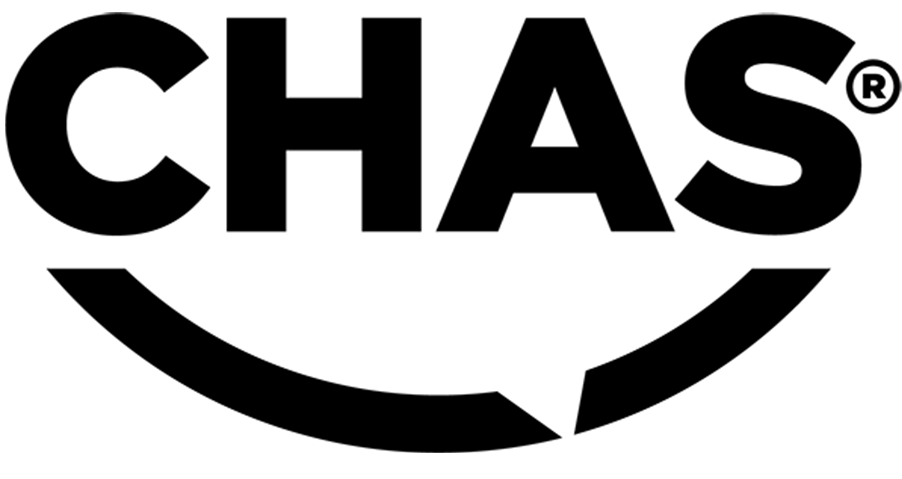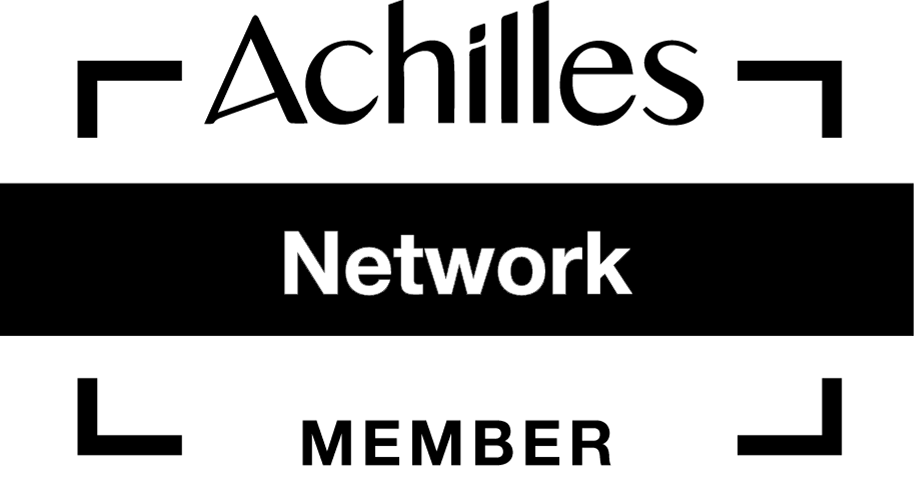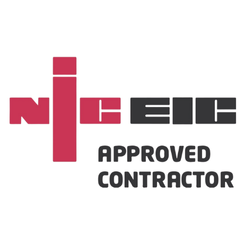When it comes to maintaining the performance of your generator and prolonging its lifespan, it’s crucial to choose high quality, genuine parts.
If a component needs replacing, it may be tempting to simply go for the cheapest option available. However, this could be a mistake. Using non-genuine diesel generator parts may seem like a cost-saving solution at first, but it could lead to significant complications.
These may cost you more in the long run, and could even jeopardise the safety of your team.
Impact of Not Using Genuine Parts
Using non-branded or so-called ‘universal’ parts for your generator can cause a number of serious problems.
You may notice some issues right away, like equipment failure or safety concerns. Others may take longer to emerge, such as the need for more frequent repairs or a part wearing out more quickly than expected.
1. Risk of Equipment Failure and System Downtime
Non-genuine generator parts often lack the precise engineering and quality standards required to deliver the best possible performance.
This can result in premature wear or overheating. In the worst cases, it could lead to total and unexpected system failure. This could be catastrophic, especially during busy, high-demand periods when your generator is needed the most.
Downtime costs money, and the financial losses can be much higher than you expect. It disrupts business operations and impacts everything from revenue to your company’s reputation. It can also lead to data loss, compliance breaches and other negative consequences.
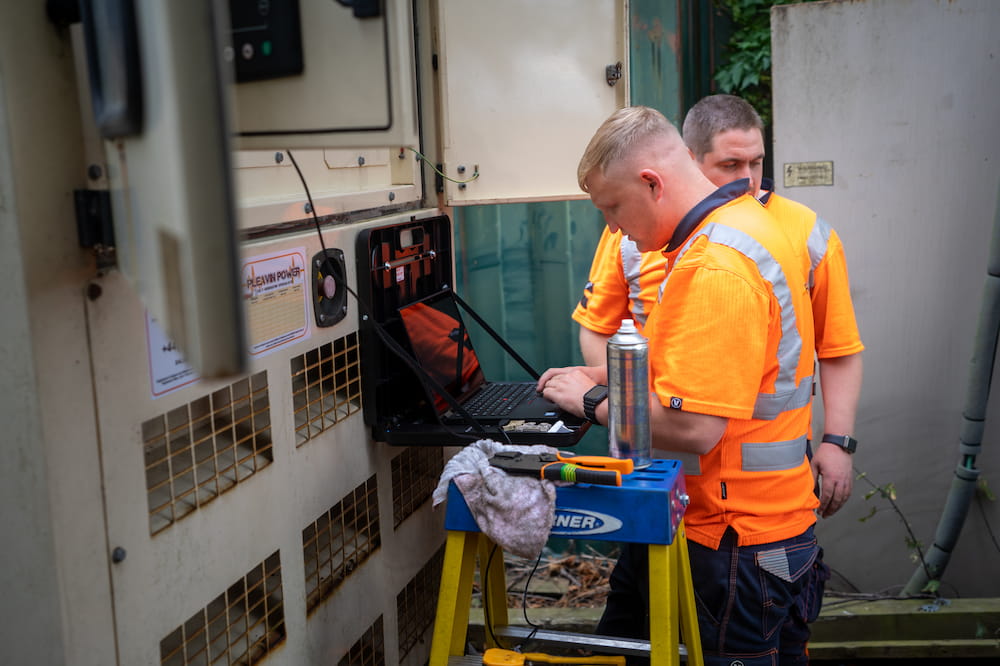
2. Higher Long-Term Repair and Replacement Costs
Your generator may seem to be running normally in the short term. But over time, you may notice that you’re needing to book in repairs more frequently.
The replacement parts or those around them may wear out quickly, so you’ll need to spend more time and money replacing those too. You might have to overhaul your generator or perhaps even replace it completely, long before you’d expect it to come to the end of its functional life.
These problems can all be traced back to one source – substandard parts.
In the long run, you may end up spending far more on repairs or full replacements than you would have by choosing genuine parts in the first place. These hidden costs can be avoided by investing in quality from the start.
3. Potential Warranty Voids and Safety Hazards
For many generators, the manufacturer’s warranty is only valid if genuine parts are used. This alone is a compelling enough reason to make it company policy to only ever buy the real thing.
There’s also safety to consider, alongside the risk of unintentionally voiding warranties. Poorly made components can pose serious safety risks, such as electrical hazards or fire.
What Are the Main Parts of a Generator?
Generators are complex systems, made up of several critical components. Each plays a key role in the functioning and performance of the overall system, so it’s important to check that there are no weak links and that all parts are manufactured to the highest standards.
The list of key diesel generator parts includes the following:
- Engine – The primary core that drives the entire generator system
- Alternator – Responsible for converting mechanical energy into electrical energy
- Fuel system – Stores fuel and ensures a consistent supply of fuel to the engine
- Voltage regulator – Maintains a stable and consistent voltage output, including converting generated electricity from AC to DC if needed
- Cooling and exhaust systems – Essential for preventing overheating and dissipating the heat generated by the engine, as well as eliminating hazardous fumes for a safe working environment
- Lubrication system – Helps provide the means to reduce friction and wear on the many small moving parts inside the generator
- Battery and charger – The battery powers the starter motor, while the charger is designed to make sure the battery always has enough power to perform this vital function
- Control panel – The ‘brain’ of the generator, managing and monitoring all operations
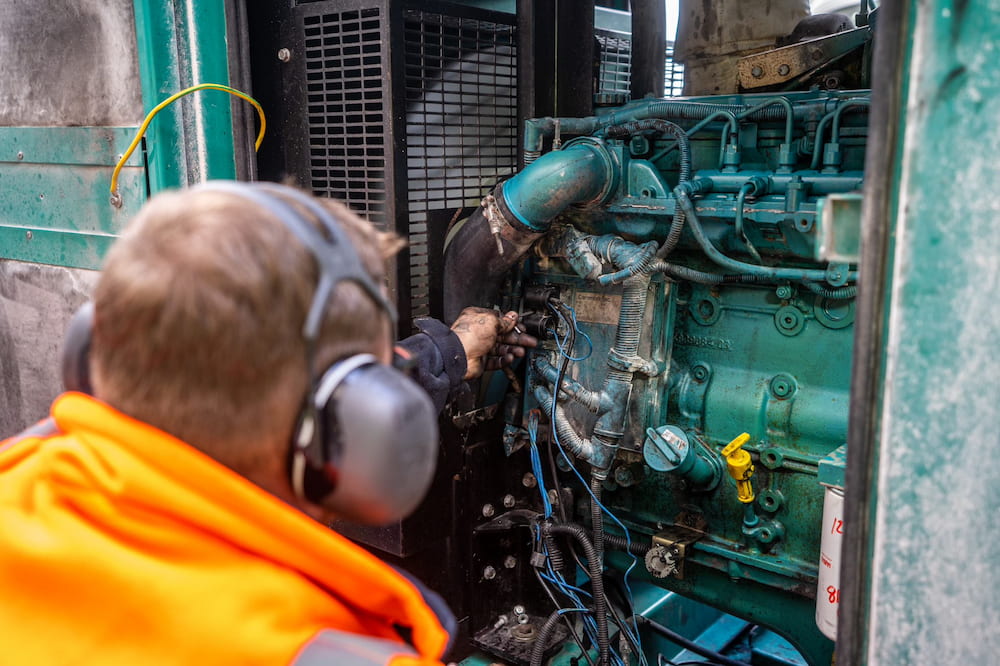
Identifying Genuine Parts
In order to be sure that you’re buying only genuine, high quality generator parts you need to know exactly what to look for and what to avoid.
What to Look for When Purchasing
When researching and buying industrial generator parts, check for the following:
- Manufacturer branding and part numbers
- Official packaging and documentation
- Quality assurance seals or holograms
- Certifications or authenticity paperwork.
Working with Verified Suppliers
The best way to be 100% confident that the parts you’re buying are authentic is to partner with authorised dealers and service providers. These suppliers have direct access to OEM (Original Equipment Manufacturer) components. What’s more, they can provide expert advice to ensure compatibility with your generator.
If you can build a relationship with a supplier you trust, you never have to worry about non-genuine parts finding their way into your generators.
Why Choose Pleavin Power To Replace Your Generator Parts
Pleavin Power is a generator specialist, with over 35 years of combined experience and in-depth insights into the needs of various industries.
We understand how critical it is to keep your generator running at peak performance. That’s why we only supply and install genuine parts from trusted manufacturers, as well as providing comprehensive servicing and maintenance solutions.
Our team of certified engineers and technicians are able to identify the right components for your system and source reliable, genuine replacements.

